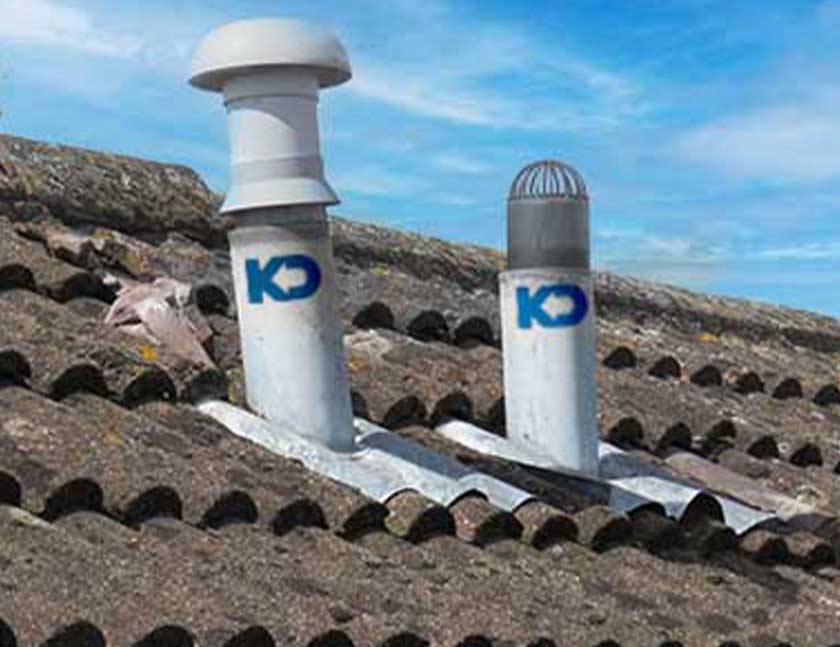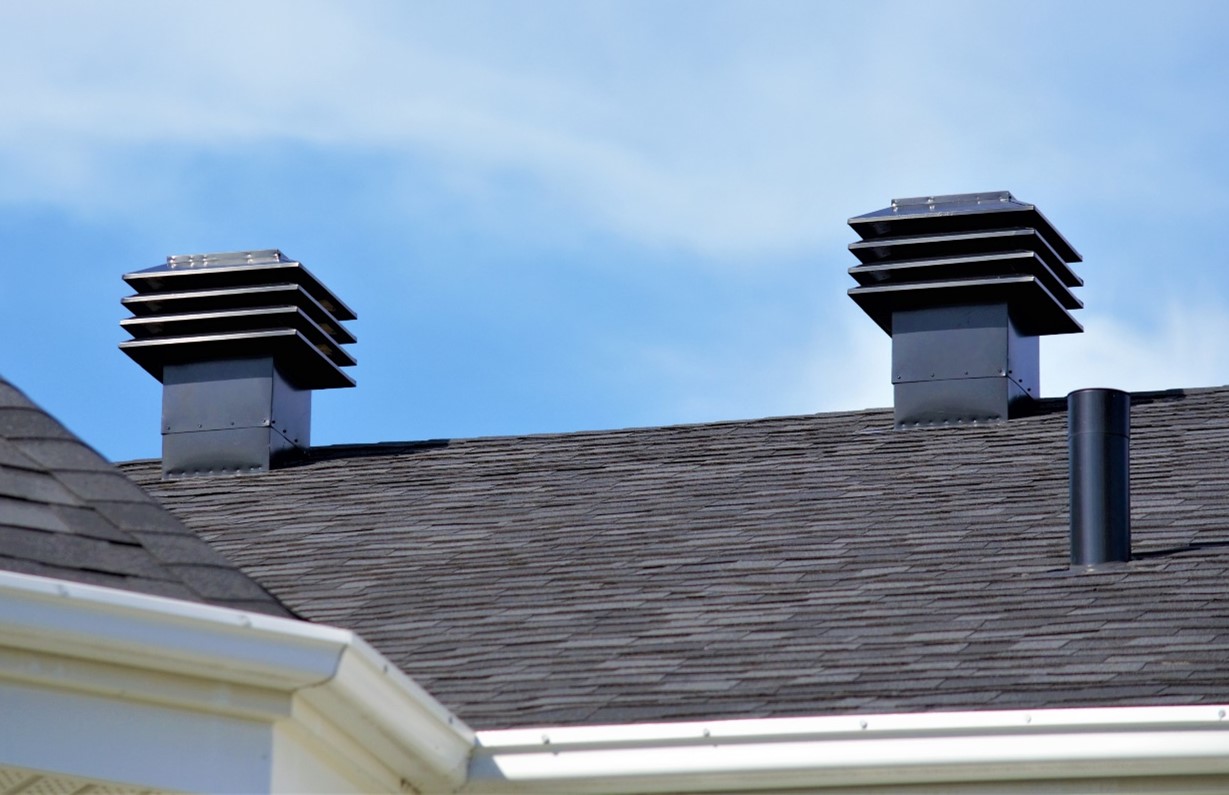What are your beliefs on The Upsides of Proper Ventilation in Plumbing Design?

Proper ventilation in plumbing systems is usually overlooked, yet it is essential for maintaining the capability and safety of your home's pipes. Ventilation assists control air pressure, prevent the buildup of hazardous gases, and make certain the reliable removal of waste. In this overview, we will certainly discover the relevance of proper pipes ventilation, how it works, and the benefits it brings to your pipes system.
Recognizing Ventilation in Plumbing
Ventilation in pipes describes the network of pipes that allow air to flow through the drain system. These vents serve multiple functions, including managing atmospheric pressure within the pipes, stopping drain gases from going into the home, and assisting in the smooth circulation of wastewater.
Exactly How Ventilation Functions in Pipes Equipments
Atmospheric Pressure Policy
Correct ventilation keeps balanced air pressure within the plumbing system. When water flows via pipes, it displaces air. Without ample ventilation, this displacement can create unfavorable stress, bring about slow drains or siphoning of water from traps, which can cause unpleasant smells to seep into the home.
Stopping Sewage System Gas Build-up
One of one of the most vital functions of plumbing vents is to avoid drain gases, such as methane and hydrogen sulfide, from building up within the home. These gases can position serious health and wellness dangers and are extremely combustible. Vent pipelines enable these gases to leave securely outside.
Aiding in Waste Elimination
Air flow assists in the reliable removal of wastewater by stopping airlocks in the water drainage system. When air can move easily via the vents, it permits water and waste to stream smoothly through the pipelines, minimizing the danger of blockages and backups.
Sorts Of Pipes Vents
Key Heap Vent
The main pile air vent, likewise referred to as the air vent stack, is the main vent in a plumbing system. It extends from the main drainpipe line up with the roof covering, permitting gases to escape and fresh air to enter the system.
Branch Vent
Branch vents attach to the major pile vent and serve specific fixtures, such as sinks, toilets, and showers. These vents make sure that each fixture has adequate ventilation to work effectively.
Air Admission Valve (AAV).
An Air Admission Shutoff (AAV) is a one-way valve that permits air to enter the pipes system without the need for a conventional air vent pipe expanding through the roof covering. AAVs are frequently utilized in restorations or areas where installing a typical vent is not practical.
Indications of Poor Ventilation in Plumbing.
Slow Draining Fixtures.
If your sinks, bathtubs, or bathrooms are draining pipes slowly, it could be an indication of bad air flow. Inadequate air flow can create a vacuum effect, making it tough for water to drain pipes effectively.
Gurgling Appears.
Gurgling sounds coming from drains pipes are commonly a result of air being sucked via water traps due to adverse pressure in the pipelines. This is a clear indicator of inadequate air flow.
Unpleasant Odors.
Sewage system smells inside your home are a red flag that your plumbing system is not appropriately aerated. This can mean that drain gases are not being appropriately vented outside, resulting in potentially dangerous conditions.
Common Ventilation Mistakes.
Inadequate Vent Sizing.
Using undersized air vent pipelines can bring about bad air flow and pressure imbalances in the system. It's necessary to use vents that fulfill the details demands of your pipes system.
Improper Vent Placement.
Positioning vents also far from the components they offer can reduce their efficiency. Appropriate placement makes sure that air can flow openly and effectively with the system.
Ignoring Code Requirements.
Building ordinance offer certain guidelines for plumbing ventilation. Overlooking these codes can cause a system that falls short to work appropriately and may cause pricey repairs or health hazards.
Advantages of Correct Air Flow.
Enhanced System Efficiency.
Correctly aerated plumbing systems run a lot more successfully, with less clogs, faster draining pipes, and less stress on the pipelines. This effectiveness expands the lifespan of the plumbing system.
Improved Air Top Quality.
By avoiding drain gases from entering your home, appropriate ventilation contributes to much better interior air high quality, making your living atmosphere healthier and extra comfy.
Preventing Water Damages.
Appropriate ventilation assists protect against water from being siphoned out of traps, which can result in sewage system gases getting in the home and creating water damage over time.
Steps to Ensure Appropriate Air Flow.
Consulting Plumbing Codes.
Constantly speak with neighborhood plumbing codes when developing or changing your pipes system. These codes offer the needed standards for proper venting and ensure your system satisfies safety and security criteria.
Regular Evaluation and Maintenance.
Routine assessments can aid recognize possible air flow concerns prior to they end up being significant issues. Maintenance jobs, such as cleaning up vent pipes and looking for clogs, are vital for keeping the system in good working order.
Specialist Installation.
For brand-new installations or significant alterations, it's wise to work with an expert plumbing professional. They have the knowledge to ensure the air flow system is properly designed and mounted according to code.
Final thought.
Correct air flow is a crucial part of any kind of pipes system, making sure that it operates successfully and securely. By recognizing the relevance of air flow, identifying the indications of poor air flow, and taking actions to maintain your system, you can protect against expensive issues and shield your home's air high quality.
4 Things You Should Know About Your Plumbing Vents
What Plumbing Vents Are
Also called a vent stack, a plumbing vent is a vertical pipe attached to your drain line that runs through your roof. The plumbing vent pipe, or plumbing air vent, removes gas and odors from your plumbing system and allows fresh air to enter the pipes, helping the water to flow out of the drain pipes.
What Plumbing Vents Do
Plumbing vents have two basic functions. One of which is to allow unpleasant smelling wastewater and sewer gasses to escape your plumbing system instead of entering your home. Plumbing vent pipes are typically located on roofs, away from windows, to ensure the fumes exit the home completely.
The other function of the plumbing vent is to move fresh air into your plumbing system. This helps move water through every plumbing fixture in your house, like toilets and sink drains. Think of the way in which you need to let a little air into the bottle as you pour soda in order to make the drink flow smoothly.
Different Types of Plumbing Vents
True vent: This is the most common vent option. In simplest terms, a true vent is a vertical pipe attached to your drain line that exits through the roof. They often function as the main vent that other fixtures can connect to. Re-vent pipe or auxiliary vent: Attached to the drain line near specific plumbing fixtures, re-vent pipes run up and over to connect to the main vent. Common vent: Two plumbing fixtures installed on opposite sides of a wall are typically tied into the vent stack using something known as a sanitary cross. Wet vent: This venting option operates as a drain pipe and a vent at the same time. Wet vent drainage systems drain water from one fixture while venting the air from another. Although they’ve been used for over 100 years, wet vent systems have only recently been added to the plumbing code in many areas. If you’re planning on installing one in a bathroom remodel, make sure you check your local code prior to construction. Loop vent: For free-standing fixtures like kitchen island sinks, loop vents are ideal. These vent pipes run under the floor, rise from the P-trap, and create a loop inside the cabinet sink. Air admittance valve: An AAV is a one-way mechanical valve typically installed at the site of the plumbing fixture. AAVs allow venting to occur without having to tie into a larger venting system. They’re ideal for venting fixtures where you aren’t able to easily connect to an existing vent system. Common Plumbing Vent Issues
Although vent pipes typically don’t have water flowing through them, they’re still subject to many typical plumbing issues. For example, clogs are one of the most common problems associated with sewer vent pipes. If your vent pipe gets clogged, all of your plumbing fixtures tied into the vent stack will be affected.
A sink with a slow drain that bubbles and gurgles or a strong sewage smell around your toilet are both indicators that your toilet vent pipe is clogged. Because most vent pipes exit through the roof, old leaves, twigs or even a bird’s nest could be clogging the pipe.
Clogs in your vent pipe system cause a buildup of negative pressure, meaning that water won’t be able to flow out of your home very well. It’s similar to putting your finger over the opening of a straw to trap water inside. When you remove your finger, the water is able to flow out of the straw.
If you suspect you have any blockage in your vent, make sure you have a professional come examine the situation. Left unchecked, a blocked air vent can lead to other costly repairs, like leaks and sediment buildup.
Under Pressure
Pipe vents are essential aspects of a home’s plumbing system. Owning a home means learning about all sorts of things you never put much thought into before. But by understanding as much as you can about the important systems of your home, you can keep those budgets intact and those anxiety levels low.
https://www.homeserve.com/en-us/blog/home-improvement/plumbing-vents/

We were guided to that editorial about What Are Plumbing Vents and Why Are They Important? through a buddy on another website. Do you know anybody else who is excited about the subject? Feel free to promote it. Thanks a lot for being here. Come back soon.
Book-Now